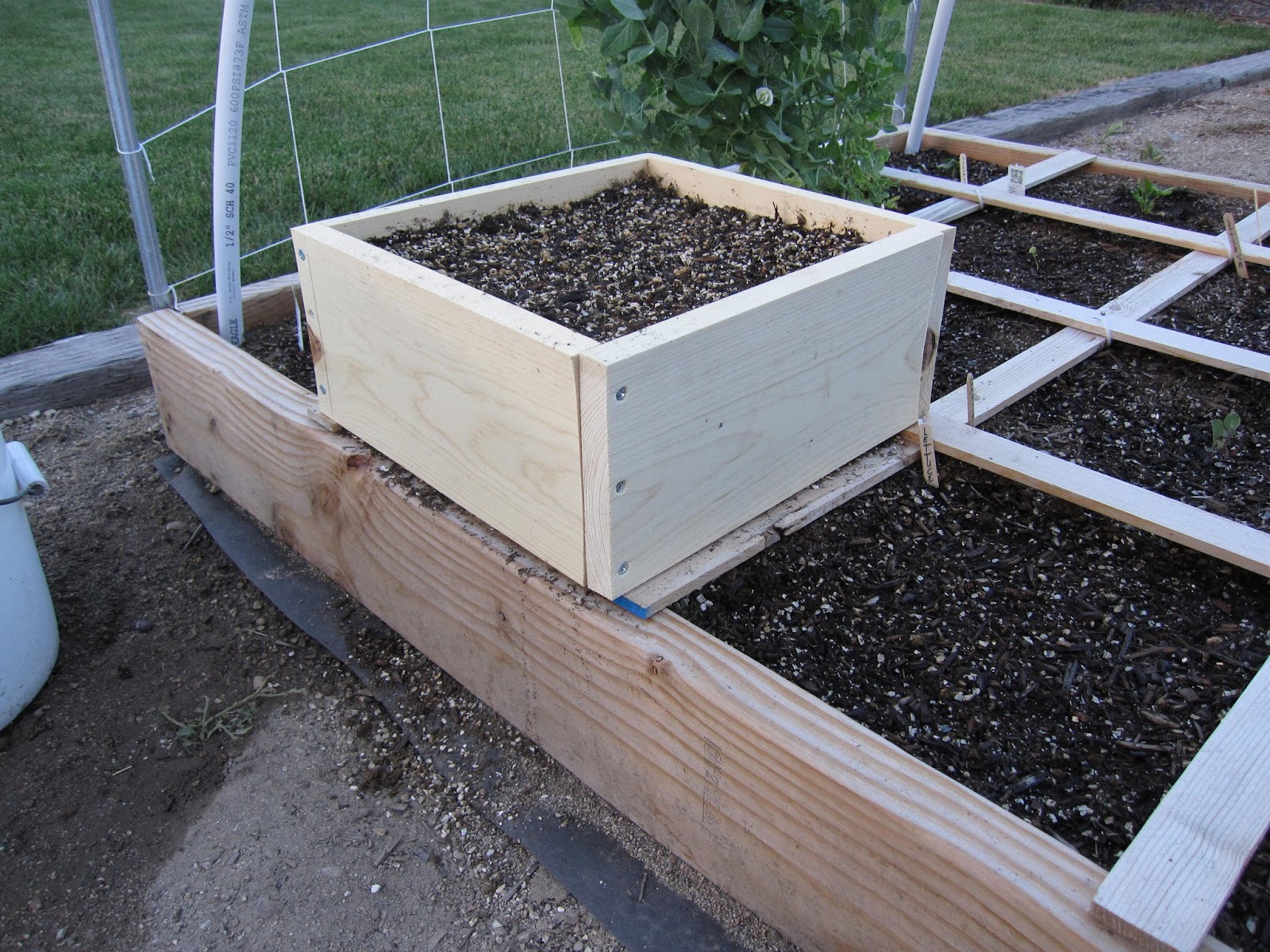We Are What We Eat
Over the past ten months I've learned first hand that what I eat determines what my body is made of. All the really unhealthy foods I used to feed my body have been replaced by the healthiest of foods: leafy greens, vegetables, beans, mushrooms, and fruit—lots of fruit.
Last Saturday I attended a library event in my community. Some health personnel from a local hospital were there providing basic health testing. So I sat down to see how I would do. For comparative purposes high blood pressure is defined as 140 / 90 and that's about where my blood pressure used to hover before I changed what my body is made of. My blood pressure on Saturday was 114 / 76. Total cholesterol should be less than 200 mg/dL, mine used to be three to four times that, Saturday it was 162 mg/dL. Glucose, for a person who has eaten in the last two hours, should be less than 140, for a person fasting at least eight hours it should be less than 126, my glucose level was 97. And, I had eaten a large meal less than an hour before the test. Finally, I have now lost sixty-eight pounds. To say the least, my body has changed.
As good as all these indicators are, I believe they are only that, indicators. What I'm eating is changing the very make up of the cells that are my body. Not only is the body fat mostly gone, but what is left: muscles, bones, blood, brain, and skin are all changing; they are healthier, more resilient. This doesn't happen over night; I believe I will continue to feel the improvements for several years to come. I feel great now. I can hardly wait to see how I feel two years on.
I used to think there's no fighting genetics, if your genetic makeup is inclined toward high blood pressure and high cholesterol then that's your lot in life and you do the best you can with what you have. I still believe we have to do the best we can with what we have, but I've proven we can do a lot more than is realized, even by many within the medical profession. I just read an article by a medical doctor about blood pressure. His introductory remark was that opinions about blood pressure among health officials vary broadly. The medical profession seems mostly preoccupied with treating blood pressure. I believe high blood pressure is just a symptom of the problem. We can treat it with medications or solve the problem by removing the cause. Cutting salt from your diet and eliminating foods that cause accumulation of body fat will in many cases solve the blood pressure problem. And, the best part, after you go through detoxification, the foods you eat taste really good. Unfortunately, many doctors are trained to prescribe medication to address symptoms.
We Are What We Think
I just read the book Learned Optimism: How to Change Your Mind and Your Life by Martin E. P. Seligman. As it turns out, how optimistic we are has a major impact on our wellbeing: physical, mental, economic, and yes, spiritual. Optimism determines how likely we are to persist on a difficult course especially when the odds seem stacked against us. But false optimism will not work, and even a genuine optimistic outlook, by itself, does not bring the desired results. Seligman articulates his case for optimism—tempered with a level of pragmatism—very well. Optimistic people tend to see their problems as originating from external sources and being temporary; pessimistic people tend to see their problems as originating from internal sources and being permanent. Pessimists can justifiably change their thinking. All problems are not caused by the pessimist nor are the problems permanent.
Even though he has dedicated his life's work to understanding optimism and depression, he has the wisdom and common sense to realize that what brings meaning to life is a sense of commitment to something greater than ourselves. When we have that, optimism can be the catalyst that keeps us going.












